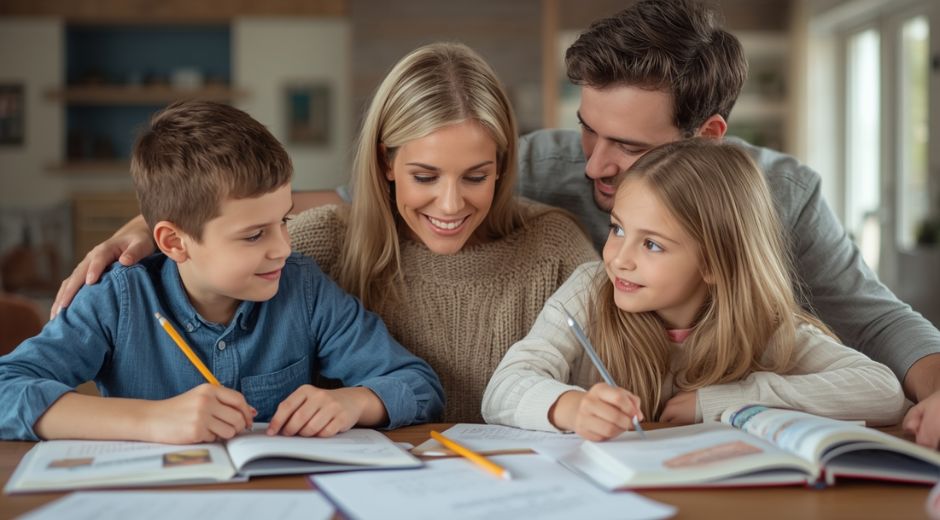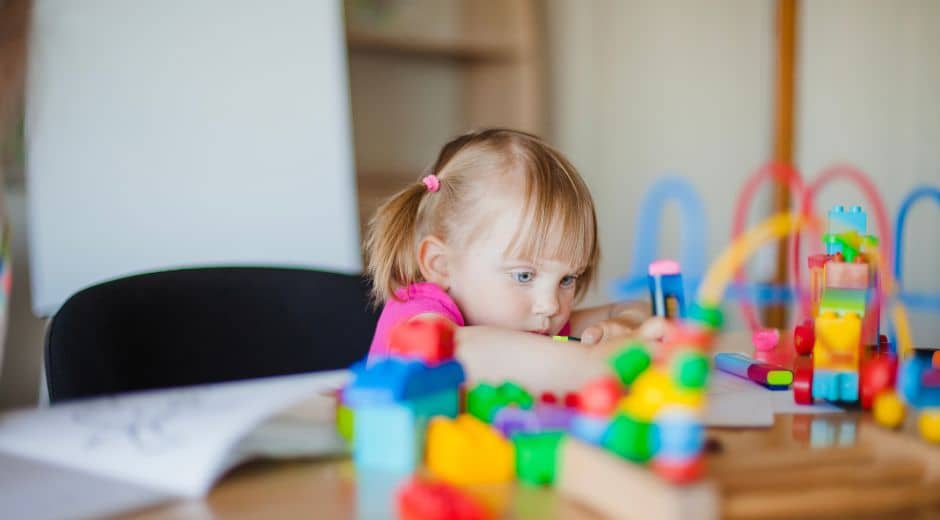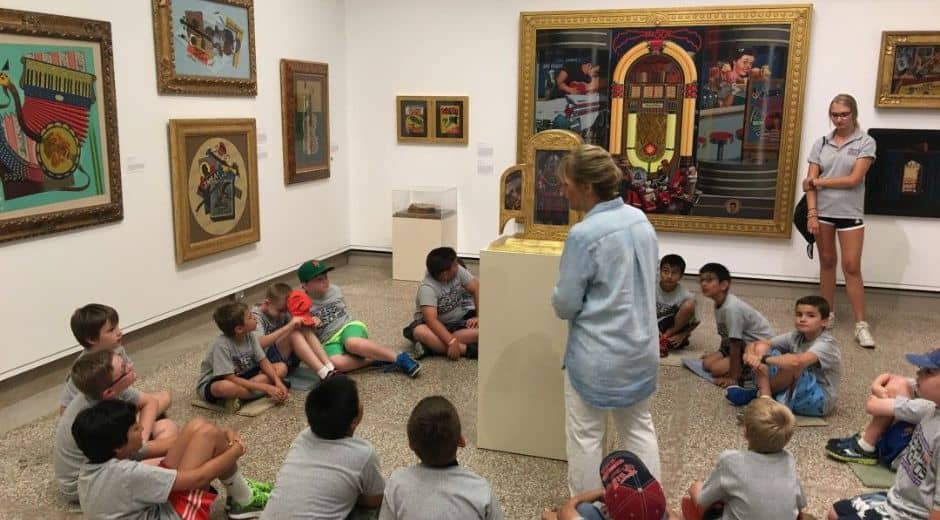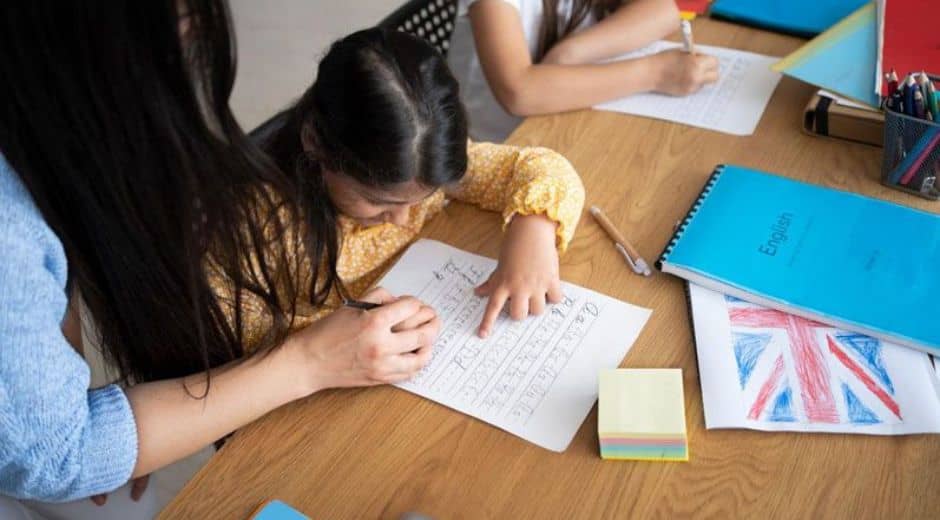Unlocking Potential: Supporting Your Child’s Learning Style
Unlocking Potential: Supporting Your Child’s Learning Style
Every child has unique strengths, and the secret to unlocking their full Potential often lies in recognizing how they learn best. Whether through visual cues, hands-on activities, or spoken instruction, children absorb and retain information in different ways. As parents, understanding your child’s learning style is the first step in creating a supportive, effective educational environment.
Rather than trying to fit your child into a predefined mold, embrace their individuality and empower them to succeed in the way that works best for them. Unlocking Potential isn’t just about academic achievement — it’s about fostering confidence, curiosity, and a lifelong love for learning.
The Four Main Learning Styles
According to research and educational theory, there are four main learning styles that most children fall into. Understanding these styles can help parents tailor their approach to help their child thrive.
Visual Learners
Visual learners absorb information best through images, diagrams, and written instructions. They often find it helpful to see concepts illustrated rather than simply hear them explained. These children may excel at reading, using color-coded notes, and watching educational videos.
To support visual learners, incorporate charts, maps, and colorful notes into their study routine. You can also use educational apps and websites that employ visual elements to explain concepts.
Auditory Learners
Auditory learners process information most effectively by hearing. They often excel in environments where verbal explanations and discussions are emphasized. These children might remember things more easily when they hear them spoken aloud and may struggle with written instructions.
To help auditory learners, read instructions aloud, and encourage them to listen to audiobooks, podcasts, or lectures. Discuss topics together to reinforce understanding, and try to create a quiet study environment to help them focus.
Kinesthetic Learners
Kinesthetic learners learn best through hands-on activities. These children often struggle with traditional classroom settings that require them to sit still for long periods. Instead, they thrive when they can physically engage with their learning materials.
Supporting kinesthetic learners requires providing opportunities for movement. You can encourage them to create models, perform experiments, or use educational games that require active participation. Physical activity, such as walking while discussing a lesson or incorporating gesture-based learning, can be extremely helpful.
Reading/Writing Learners
This learning style involves a preference for working with words, both reading and writing. These learners excel when they are given written information to absorb and may excel in essay writing and note-taking.
To support reading/writing learners, provide opportunities to read extensively and write about what they’re learning. Encourage journaling, writing essays, and using flashcards to test knowledge.
How to Identify Your Child’s Learning Style
Observing your child’s behavior and preferences can help you pinpoint their primary learning style. Here are a few things to watch for:
What do they gravitate toward? Do they often doodle while studying, or do they prefer listening to explanations?
How do they respond to different teaching methods? Do they excel in hands-on activities, or do they prefer reading about a topic before discussing it?
Which subjects do they enjoy the most? Often, children will gravitate toward subjects that align with their natural learning preferences.
A combination of styles is common, and children may benefit from a balanced approach that incorporates elements of each. But the key is to find what helps your child engage the most and to build upon that foundation.
The Importance of a Personalized Learning Approach
As parents, your role is to help guide your child’s educational journey. The traditional “one-size-fits-all” approach doesn’t work for everyone, and when you tailor your approach to your child’s learning style, you unlock their full Potential.
You can support your child by:
Providing the right tools: If your child is a visual learner, provide educational posters, videos, and colorful notes. If they’re auditory, consider audiobooks or learning games that involve listening.
Creating a supportive environment: Set up a study space that aligns with your child’s learning style. A quiet space for auditory learners, a space filled with creative materials for kinesthetic learners, or a visually stimulating area for visual learners.
Fostering a growth mindset: Encourage your child to view mistakes as part of the learning process, not as failures. This will help them build resilience and confidence.
Building Potential Through Learning
Understanding and embracing your child’s learning style doesn’t just help them academically — it builds their confidence. When a child feels understood and supported, they’re more likely to take on challenges with enthusiasm.
As Parents.com explains, children who feel that their learning style is respected are more likely to engage with learning and to take pride in their progress. Parents play a crucial role in validating their child’s experiences and helping them build a positive relationship with education.
Encourage your child’s self-esteem by celebrating small victories and reinforcing their strengths. The more you show that you believe in their Potential, the more they’ll believe in themselves.
Adapting the Learning Style to Challenges
While recognizing your child’s natural learning style is crucial, it’s also important to adapt to challenges. Every child will face obstacles — whether it’s difficulty understanding a particular subject, issues with focus, or learning delays.
If you notice your child struggling, work with their teachers to find tailored strategies. Sometimes children need a mix of learning styles to get through tough concepts. If they’re having trouble with a specific subject, incorporate hands-on activities, audio cues, or visual aids to bring the material to life.
Remember, your child’s Potential isn’t limited by one approach. Flexibility and support are key to helping them reach their goals.
Conclusion: Fostering Lifelong Potential
As your child continues to grow, their learning style may evolve. Be open to adapting and exploring new approaches as their interests and skills change. But the foundation of support you provide now — by understanding their natural learning style — will have long-lasting benefits in developing their Potential.
By recognizing how your child learns best and fostering an environment that celebrates their unique strengths, you’re setting them on the path to lifelong learning.
At CoolParentingTips, we believe that every child’s potential is limitless. The key is understanding them and guiding them with love, patience, and wisdom.
For more documentaries about this, visit: MovieFil.
Learn Bond Bloom

Emotional Growth in Kids Made Simple
Emotional Growth in Kids Made Simple

Family Routines: The Secret Ingredient to a Connected Home
Learn how Family Routines build calm, structure, and emotional connection, helping children feel safe, confident, and ready to thrive.

Emotional Wellness: The Foundation of a Balanced Child
Discover how Emotional Wellness shapes a child’s confidence, relationships, and happiness by teaching empathy, awareness, and balance.

Critical Thinking: Shaping Curious and Independent Minds
Explore how Critical Thinking empowers children to question, reason, and solve problems creatively while building confidence and independence.













